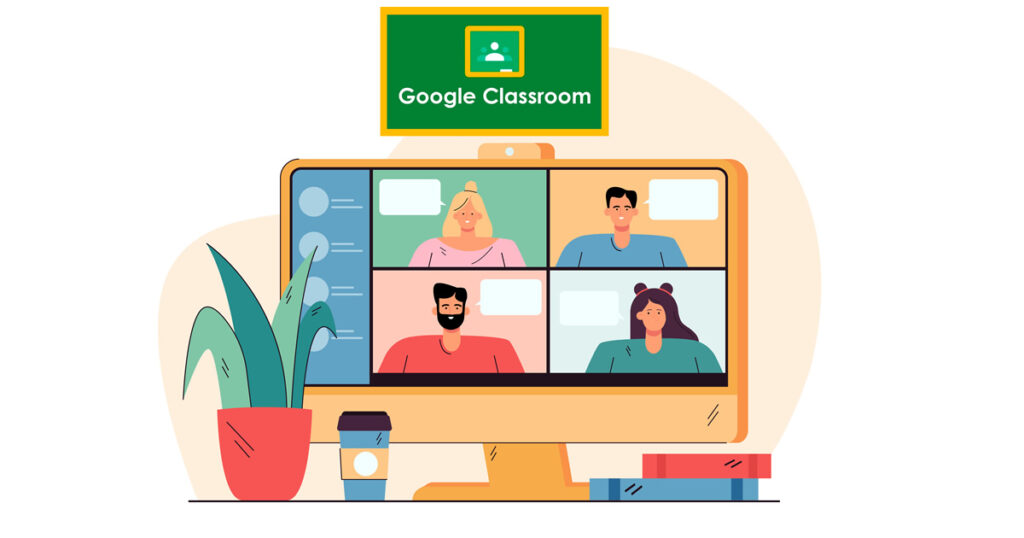In today’s increasingly digital world, education is evolving to meet the needs of students and teachers. Google Workspace for Education has become a powerful platform that enhances the learning experience by providing a suite of tools tailored to the needs of educators, students, and administrators. It’s a comprehensive solution that makes collaboration, communication, and learning more seamless and effective in schools and institutions worldwide.

What is Google Workspace for Education?
Google Workspace for Education is a cloud-based platform offering a variety of tools and applications that facilitate education. Formerly known as G Suite for Education, it includes popular Google apps such as Gmail, Drive, Docs, Sheets, Slides, and Google Classroom, all optimized for educational use.
There are four main versions of Google Workspace for Education:
- Google Workspace for Education Fundamentals – Free of charge, this version includes essential tools like Gmail, Drive, Calendar, Meet, Docs, and Google Classroom, providing everything schools need for communication and collaboration.
- Google Workspace for Education Standard – In addition to the basic features, this version adds advanced security tools and analytics, giving administrators greater control over their institution’s data and digital environment.
- Teaching and Learning Upgrade – This version focuses on enhancing classroom engagement with additional tools like advanced video conferencing in Google Meet and features that support interactive teaching.
- Google Workspace for Education Plus – A comprehensive version that combines all the features of the above, with additional insights, security, and teaching enhancements.
Key Features and Benefits
1. Google Classroom: Centralized Learning Hub
Google Classroom is perhaps the cornerstone of Google Workspace for Education. It allows teachers to create, distribute, and grade assignments all in one place. Classroom streamlines communication between students and educators, making it easier to manage coursework and materials. With features like automatic organization of assignments into Google Drive folders, it saves time and reduces the complexity of digital learning.
2. Collaboration with Docs, Sheets, and Slides
The power of real-time collaboration is at the heart of Google Workspace. Students and teachers can work on the same document simultaneously, allowing for a dynamic and interactive learning environment. Whether it’s group projects on Docs, data analysis in Sheets, or presentations in Slides, students can collaborate easily from any location.
3. Secure Cloud Storage with Google Drive
Google Drive provides unlimited cloud storage for educational institutions. This ensures that students and teachers can access their work from anywhere at any time, without the need to carry around physical files. The cloud storage is secure, offering robust protection of sensitive data and resources.
4. Virtual Classrooms with Google Meet
With the rise of online learning, Google Meet has become an essential tool for educators. It offers secure video conferencing, with the ability to host large virtual classrooms. Features like breakout rooms, polls, and Q&A sessions enhance student engagement and allow teachers to conduct interactive classes, even from a distance.
5. Administrative Control and Security
Administrators have access to powerful tools to manage user accounts, control device usage, and ensure data privacy and security. With features like 2-step verification, data loss prevention, and advanced analytics, Google Workspace for Education ensures that schools can maintain a safe and compliant digital environment.
6. AI Integration in Workspace suit
Google has integrated its Gemini AI to almost every product to increase user’s productivity and save time on repetitive tasks. So, you can leverage power of AI to enhance your workspace experience and server better quality to your end users.

- Cost-Effective: The Fundamentals version is free, and even the paid versions offer affordable solutions for institutions looking to enhance their digital capabilities.
- Scalability: Suitable for small schools or large universities, Google Workspace scales effortlessly, making it a versatile tool for all education levels.
- Accessibility: The platform is cloud-based, meaning users can access tools and resources from any device with an internet connection, whether they are on a computer, tablet, or phone.
- Integration with Other Tools: Google Workspace integrates with third-party educational tools and apps, expanding the platform’s versatility.
How Educators and Students Are Using Google Workspace for Education
In classrooms around the world, Google Workspace is transforming the way students learn and interact with their teachers. Teachers use Google Classroom to create engaging assignments, manage coursework, and provide timely feedback. Students collaborate on group projects in real time, leveraging the power of tools like Docs and Slides to co-create assignments regardless of location.
The platform has also been instrumental in the shift to hybrid and remote learning. Educators can hold live classes via Google Meet, share resources on Drive, and keep the learning process uninterrupted, even when students are not physically present in school.
Conclusion
Google Workspace for Education is more than just a collection of digital tools; it’s a platform that empowers teachers and students to succeed in a modern learning environment. By offering seamless collaboration, robust security, and scalability, it has become an indispensable asset for educational institutions worldwide. Whether it’s used for daily classroom activities or for managing an entire school’s digital infrastructure, Google Workspace is paving the way for the future of education.